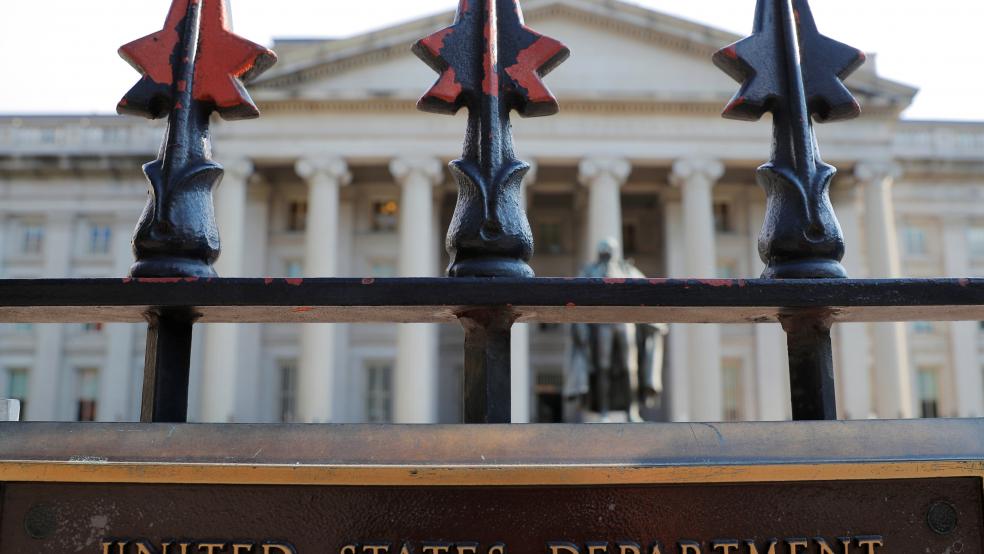Treasury Secretary Steven Mnuchin said Wednesday that the U.S. is considering issuing ultra-long U.S. bonds – debt in 50- or 100-year durations. “If the conditions are right, then I would anticipate we’ll take advantage of long-term borrowing and execute on that,” Mnuchin told Bloomberg News.
The U.S. has considered issuing longer-term bonds before, but the Treasury Borrowing Advisory Committee, an elite group of bankers that advises the Treasury Secretary on managing the national debt, has expressed concerns that doing so would reduce demand for 30-year Treasuries, currently the longest duration offered. Bloomberg’s Liz McCormick said Thursday that the committee is expected to maintain its opposition to longer-term bonds.
Bloomberg’s Marcus Ashworth argued Thursday that under the right circumstances, ultra-long U.S. Treasuries could work, with pension funds and insurers stepping up as likely customers. The key would be creating a market worth at least $5 billion, with new issuances coming twice a year or more in order to maintain sufficient liquidity. Ashworth said that recent demand for 100-year securities from Austria, Belgium and Ireland suggests there is sufficient global need for positive yield to sustain a rich and varied market for all kinds of bonds, especially as rates continue to drop.
Last week, the Wall Street Journal Editorial Board took a similar view: “Investors, especially insurers in Europe and Japan, are ravenous for high-quality government securities with positive yields as negative interest rates spread around the world. The worry that a 50- or 100-year Treasury bond might crowd out the 30-year is less salient now than it was a couple of years ago.”
A real infrastructure week, finally?
One advantage of issuing ultra-long bonds would be to lock in low interest costs for the rising pile of U.S. debt. Bloomberg columnist and money manager Barry Ritholtz argued Thursday that the country could also use new long-term debt to “make U.S. infrastructure the envy of world again.”
Infrastructure projects have long time horizons, making them an ideal match for long-term bonds, Ritholtz wrote. And most infrastructure – roads, bridges, railway lines, water systems, the electrical grid, airports – needs a steady stream of money for maintenance, a crucial variable that is often ignored, at great cost to the economy.
Dedicated funds from ultra-long bonds could also provide a way around the “rabid anti-tax ideology” that has made it so hard for “for the government to fund the sorts of things that governments are supposed to fund,” Ritholtz said. For the most part, the private sector has neither the money nor the patience to take on multi-decade projects, leaving the government as the only party available to fund, build and maintain all sorts of public goods.
“Each of these systems requires a significant and long-lasting commitment from Uncle Sam,” Ritholtz wrote. “The most rational way to fund them is to match each project with an appropriate ultra-long term treasury bond.”




